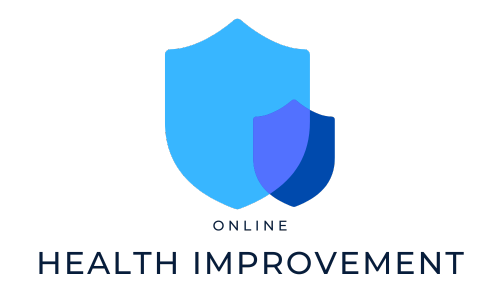Glaucoma: A Silent Threat to Vision
Introduction
Glaucoma is a widespread eye disorder that affects millions of people worldwide and poses a significant threat to vision. Often referred to as the “silent thief of sight,” glaucoma is a chronic disease that gradually damages the optic nerve, leading to irreversible vision loss. It is crucial to be aware of the risk factors, symptoms, and diagnostic methods associated with glaucoma to ensure early detection and prompt treatment.
Understanding Glaucoma
1. What is glaucoma?
– Glaucoma is a group of eye diseases that damage the optic nerve, primarily due to increased intraocular pressure. This pressure buildup occurs when the fluid in the eye does not drain properly, damaging the optic nerve over time.
2. Types of glaucoma:
– Primary open-angle glaucoma: the most common type, characterized by a gradual increase in intraocular pressure and a slow progression of vision loss.
– Angle-closure glaucoma: caused by a sudden and severe increase in intraocular pressure due to the blockage of the eye’s drainage canals.
– Normal-tension glaucoma: optic nerve damage occurs without increased intraocular pressure.
Recognizing the Threat
1. Risk factors for glaucoma:
– Age: individuals above 60 years are more likely to develop glaucoma.
– Genetics: having a family history of glaucoma increases the risk.
– Ethnicity: certain populations, such as African Americans, have a higher susceptibility to glaucoma.
– High eye pressure: increased intraocular pressure is a significant risk factor.
– Thin corneas: thinner corneas are linked to an increased risk of glaucoma.
– Chronic eye inflammation: conditions like uveitis and chronic eye steroid use elevate the risk.
2. Symptoms and early signs:
– Glaucoma often progresses silently and without noticeable symptoms in the early stages.
– As the disease advances, peripheral vision loss, blurred vision, halos around lights, and difficulty adjusting to low light conditions may occur.
– Regular eye exams are vital to detect glaucoma before symptoms manifest.
Diagnosis and Treatment
1. Diagnostic methods:
– Tonometry: measures intraocular pressure.
– Ophthalmoscopy: examines the optic nerve for signs of damage.
– Visual field testing: checks for peripheral vision loss.
– Gonioscopy: assesses the drainage angle of the eye.
– Optical coherence tomography (OCT): evaluates the thickness of the optic nerve.
2. Available treatments:
– Eye drops: prescribed to reduce intraocular pressure.
– Oral medications: assist in lowering eye pressure.
– Laser therapy: used to improve drainage in the eye or reduce fluid production.
– Surgical procedures: when medications and laser therapy are ineffective, surgery may be necessary to rectify drainage issues.
Preventive Measures
1. Regular eye exams:
– Regardless of age or symptoms, routine eye check-ups are crucial to diagnose glaucoma at an early stage.
2. Healthy lifestyle choices:
– Exercise regularly, maintain a healthy weight, and manage blood pressure to reduce the risk of glaucoma.
3. Protect your eyes:
– Shield your eyes from excessive sunlight and wear protective eyewear during activities that pose a risk of eye injury.
Conclusion
Glaucoma poses a silent but significant threat to vision. Without proper awareness and timely intervention, glaucoma can lead to irreversible vision loss. Understanding the various risk factors, recognizing symptoms, and regularly visiting an eye care professional can aid in early detection and appropriate treatment. By taking preventive measures and promptly addressing glaucoma, we can protect our precious gift of sight and maintain optimal eye health.
